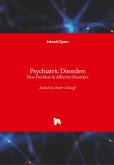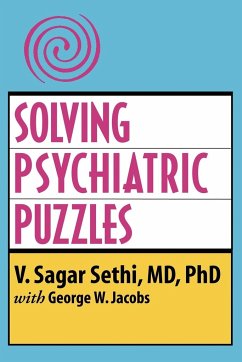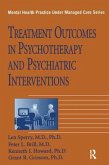Diagnosis within psychiatry involves the consideration of a number of different features of mental state. In making a diagnosis, individual psychiatrists inevitably accord differing importance to certain features. By regulating the order and number of conditions to be recorded, a multiaxial framework provides for internationally comparable descriptions of mental state. This volume provides the psychiatric sections of ICD10 in a form that is adapted for ease of use of those dealing with mental disorders in childhood and adolescence. Descriptions have been grouped into axes which have been chosen to provide unambiguous information of maximum clinical usefulness in the greatest number of cases. Building on the popular original framework of four axes, the system has been greatly improved by the inclusion of a new axis for psychosocial situations and by the addition of a further sixth axis on adaptive level which enables clinicians to code an individual's current level of disability.
Table of contents:
1. Introduction M. Rutter; 2. Axis one (clinical psychiatric syndromes); 3. Axis two (specific disorders of psychological development); 4. Axis three (intellectual level); 5. Axis four (medical conditions); 6. Axis 5 (associated abnormal psychosocial situations); 7. Axis 6 (assessment of psychosocial disability).
ICD10 descriptions have been grouped into multiaxial form, particularly adapted for ease of use with mental disorders in childhood and adolescence. The popular original framework of four axes has now been greatly improved by the inclusion of both a new axis for psychosocial situations and a sixth axis which allows for coding on the basis of disability.
An essential guide to clinical description of child and adolescent psychiatric disorder.
Table of contents:
1. Introduction M. Rutter; 2. Axis one (clinical psychiatric syndromes); 3. Axis two (specific disorders of psychological development); 4. Axis three (intellectual level); 5. Axis four (medical conditions); 6. Axis 5 (associated abnormal psychosocial situations); 7. Axis 6 (assessment of psychosocial disability).
ICD10 descriptions have been grouped into multiaxial form, particularly adapted for ease of use with mental disorders in childhood and adolescence. The popular original framework of four axes has now been greatly improved by the inclusion of both a new axis for psychosocial situations and a sixth axis which allows for coding on the basis of disability.
An essential guide to clinical description of child and adolescent psychiatric disorder.









